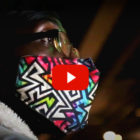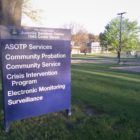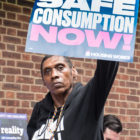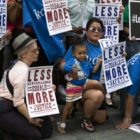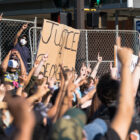
What happened after Minneapolis removed police officers from schools
|
By September 2020, 11 new unarmed public safety support specialists, many with law enforcement-related backgrounds, were in place and on the Minneapolis Public Schools payroll. Two years and one pandemic later, initial data and interviews with students and staff suggest that fewer Minneapolis students are being punished and, consequently, missing class for suspensions or other punishment.
